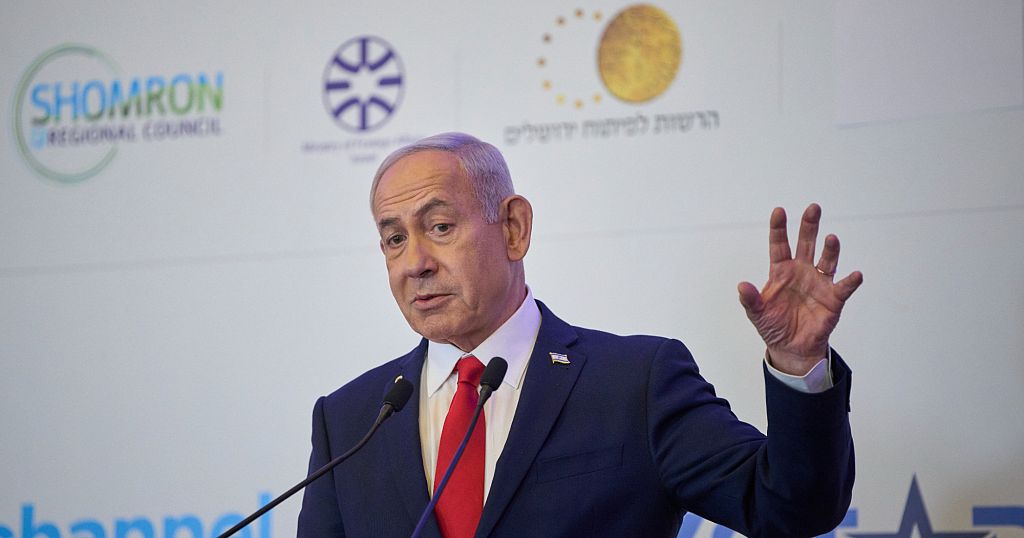Israeli forces announced plans early Friday to assume full control of Gaza City, marking a significant escalation in the 22-month conflict with Hamas. The decision, ratified during a late-night Security Cabinet meeting, sparked immediate Palestinian resistance, amplified global appeals to halt the fighting, and intensified domestic concerns over the safety of hostages still held by militants. The move risks worsening a humanitarian emergency already defined by mass displacement, widespread destruction, and famine risks in the besieged enclave, with over 61,000 Palestinians killed since the war began, according to Gaza’s Health Ministry.
Prime Minister Benjamin Netanyahu’s government framed the operation as a strategic step to pressure Hamas into accepting Israeli ceasefire terms while pledging humanitarian aid for civilians “outside combat zones.” The proposal, however, scaled back Netanyahu’s earlier assertions to Fox News on Thursday that Israel intended to seize the entire Gaza Strip, three-quarters of which it already controls. Analysts suggest the revised plan may reflect military objections over risks to hostages and troop strain after prolonged regional conflicts.
Hamas swiftly rejected the strategy, vowing in a statement that Gazans would resist occupation and warning that escalated aggression “will not be a walk in the park.” The militant group has repeatedly regrouped in Gaza City despite repeated Israeli bombardments and raids, leaving the area among the last not yet fully overtaken by buffer zones or evacuation mandates. A ground offensive there could displace tens of thousands more residents and deepen disruptions to food aid in a territory where 85% of the population relies on humanitarian assistance, per UN data.
Civilians already bracing for renewed violence reported at least 42 Palestinians killed in Israeli strikes and gunfire Thursday, as hospitals and displacement camps braced for further casualties. Gaza City’s current population remains unclear, with hundreds of thousands fleeing early in the war but many returning during a January ceasefire. UN agencies and independent analysts have repeatedly cited Gaza’s Health Ministry death tolls—disputed by Israel without providing alternative figures—as the most credible available metric.
The conflict traces back to Hamas’s October 7, 2023, assault, which killed approximately 1,200 Israelis and saw 251 taken hostage. While most captives were freed through truces, 50 remain in Gaza, with Israel estimating 20 are still alive. Domestic pressure on Netanyahu to secure their return has grown alongside global condemnation of the war’s civilian toll. With regional tensions flaring and aid access dwindling, the proposed offensive underscores a widening gap between Israel’s military objectives and international demands for de-escalation.
